The Importance of a Diverse Collection
We all know the importance of a diverse collection. At least, theoretically. It might be something we mention in our collection development policy, or nod our heads to during a webinar. Maybe we’ve even put a diversity collection audit on our to-do list. But in the busyness of daily school library life, diverse collection development and promotion can sometimes slip.
The importance of a diverse collection
The importance of a diverse collection really hit home for me recently. I was working with the year 7 cohort in their English library lessons to find a fantasy novel to read. The cohort doesn’t get one set text they must all read, instead they select from a genre. They can borrow short stories, graphic novels, novels, anything, so long as it’s in the fantasy genre. The fantasy collection is not one I’ve changed much since taking over the school library. Graphic novels, mystery, non-fiction, biographies, they’ve all been a focus due to student demand (graphic novels), desperate need (the non-fiction collection), or units of work (mystery, graphic novels, biography). I have culled the fantasy section a little and we’ve updated the spine labels. I’ve also purchased new titles when students request something or new popular books hit the market, but it hasn’t been the target of a specific overhaul or large purchase. I just don’t have the funds or time to do all the collections at once, so I’ve been picking and choosing different collections each year. I should have put fantasy on my list earlier.
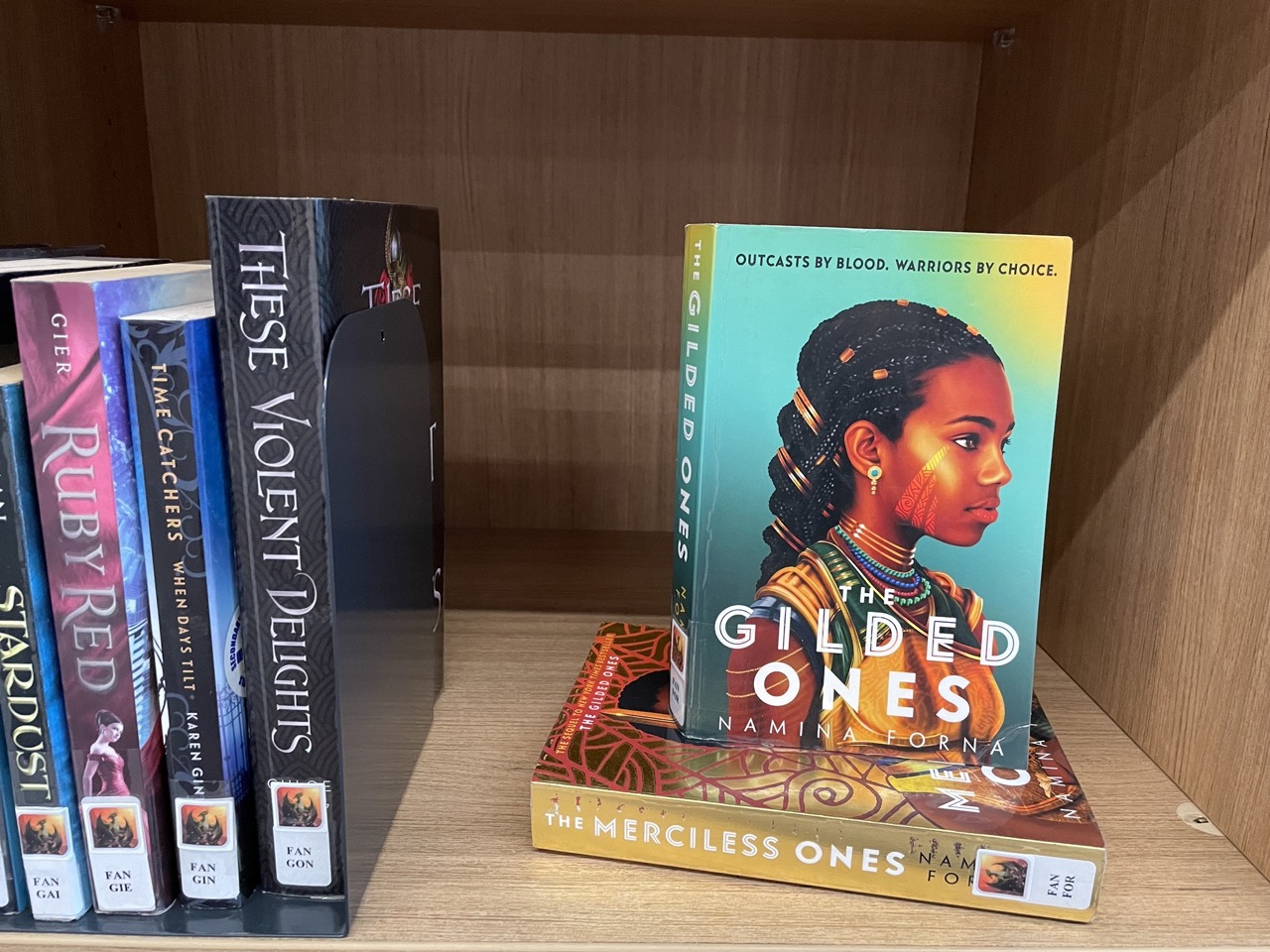
As I was helping the Year 7 students to select a title, I noticed a number of things. The first is that we have very little variety in our fantasy novels in the high school collection. We have a lot of adult appropriate titles and we also have a lot of large series. We have very few middle grade fantasy novels and even fewer of a small enough size to tempt even the most reluctant reader. We also do not have any in dyslexic font. This really disadvantages students who need these titles the most.
The second thing I noticed was the lack of diverse cultural identities in the fantasy collection. While any I have purchased have been spread across a wide variety of cultures, the majority of what is on the shelf feature white, neurotypical, cisgender characters in European-based fantasy worlds. This became embarrassingly obvious and here’s two examples. One was when I handed a student, a regular library borrower and avid reader, a copy of one of the few fantasy novels purchased recently. It features an Indian-based fantasy world and characters. The student’s whole face lit up to see characters that looked like them on the front cover and a world they could see reflected their own. It made me reflect on the other books they had access to in the fantasy collection that did not do this and of the other students who wouldn’t be able to find something that did the same thing for them, because there were not enough diverse books on the shelf. The next class had a student who is not afraid to ask for books that reflect their skin colour and heritage and I absolutely love it! Their first request of the library were for books about the experience of being black. We have now purchased quite a number of them. However, the fantasy collection has missed out and it’s noticeable. When I went to find a book for this student in the fantasy collection, not an area they read from regularly, I happened to pick up a book that not only had white main characters, but the villains of the story were the Black Warriors. I quietly slipped that one into my weeding pile.
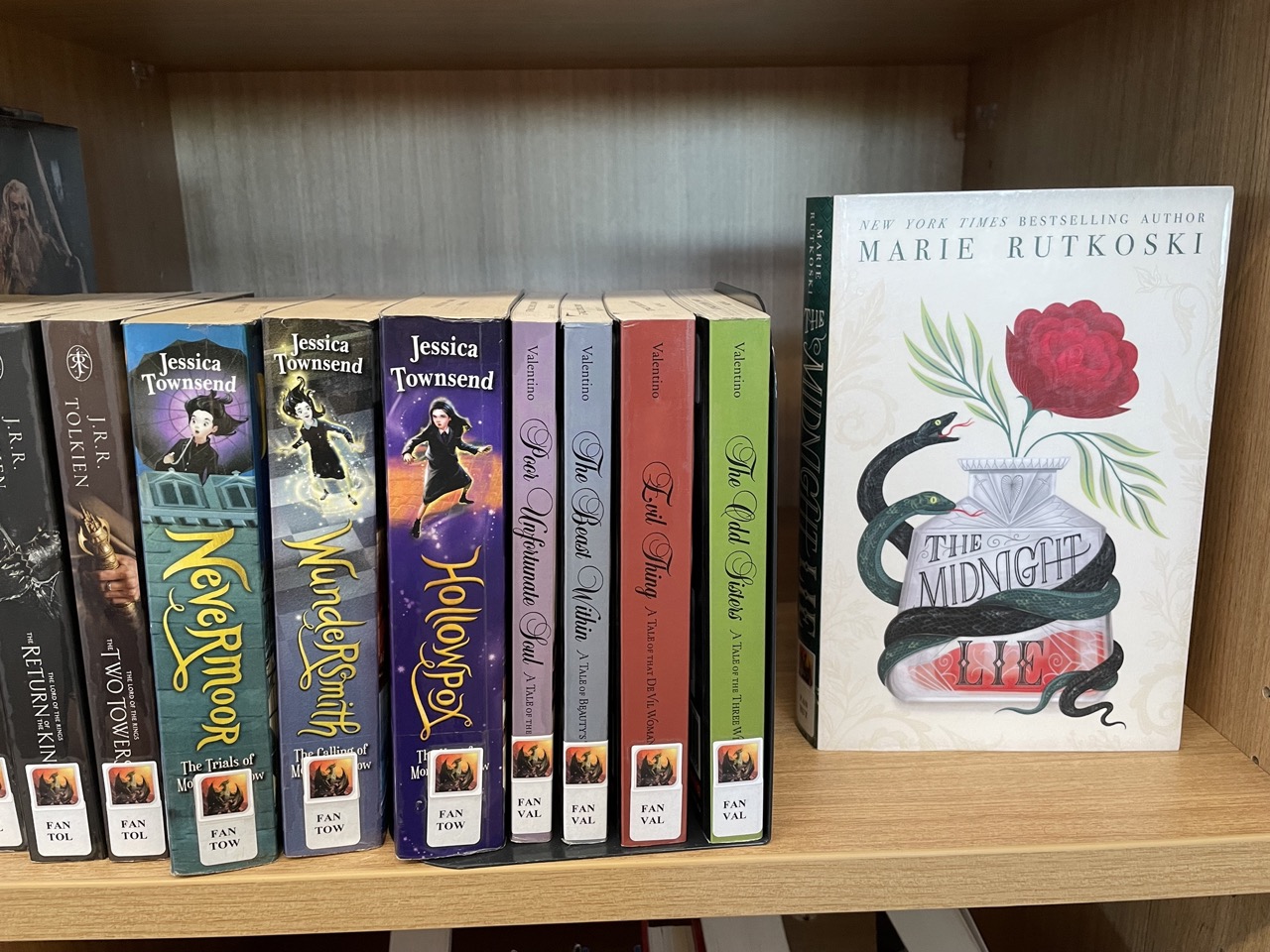
But it’s not just students from non-white cultures that want diverse books. The books that feature diverse characters and cultures and fantasy worlds were the first to be snaffled up by students. All students deserve to have access to a diverse collection that represents themselves, their classmates, and the world in which they live. One that features heroes of all skin colours, body types, sexual orientation and abilities and myths and legends of all cultures and parts of the world.
What Can We Do About it
Buying diverse books
The very first thing I did was to jump online and start ordering. Even though my budget was already spent, I’d just have to find the money somewhere or take it from something else. This was too important to ignore. I started by purchasing a range of books for all reading levels. I focused on short books, those with illustrations woven into them. Books like Skydragon and Wolf Girl written by Ahn Doh and Wylah by Jordan Gould and Richard Pritchard (we already had book one of the Wylah series, but I added the second book). I then purchased a bunch of books with diverse characters. I specifically focused on those with Asian and African main characters, with this clearly indicated on the cover, or that featured worlds based in Asian, African, Middle-Eastern, and Jewish cultures, mythology and legends. I think we shy away from calling this out and actually saying it, scared we are going to get the terminology wrong or offend. Even as I write these words, I know I am probably going to get it wrong, miss a group. But I have to start. I want to work with my Library Committee and ask them to suggest books that reflect their cultures. If we don’t deliberately search for these books or purchase them, if we only select from what is trending or being pushed by booksellers or the best sellers, we won’t get a diverse collection. The collection I inherited had been basically solely created by standing orders. And it wasn’t good enough. It’s not diverse enough and it’s left me with a massive job of updating and overhauling each and every collection.
We are not going to have diverse collections unless we specifically target and purchase these books. I looked at lists online – for example, middle grade fantasy with Asian characters – and selected from them. I purchased deliberately.
Cull the outdated stuff
As well as culling for age, condition and lack of use, I need to make room on my shelves for these new diverse titles. That means some of the old stuff has to go. I am also looking at getting boxes or storing books 5-10 of larger series elsewhere to make room for others on the shelf. They get used infrequently enough that storing them makes sense.
However, culling the outdated, inappropriate and insensitive is time-consuming. I don’t have time to read all the books, I don’t even have time to get to the shelves most days. I’ll cull what I come across when I am with students, or work through a shelf at a time each week. It’s certainly not comprehensive but it’s a start.
Diversity Audit
Yes, this is on my to-do list. And I have to be honest, it’s not going to happen any time soon, I just don’t have the time and I’ve got too many other projects on the go. But I can audit collection by collection and through experiences like I’ve just had with the Year 7 cohort. I know what I am going to find if I audit the fantasy collection (actually any collection that I have not actively overhauled), white characters, white authors, cisgender characters, cisgender authors, European or USA centric, neurotypical, able. I know what I need to purchase. I know I need student input on those purchases.
Not just the books
It’s not just the books we should audit and check for diversity. I began the process of updating all our fiction genre stickers because I had a real problem with the pink male-female holding hands sticker being used for the Relationships section. I’ve now switched it to a sticker with two hands of different skin tone. Checking stickers, displays, and what books you promote and book talk for a wide range of diversity is also important.
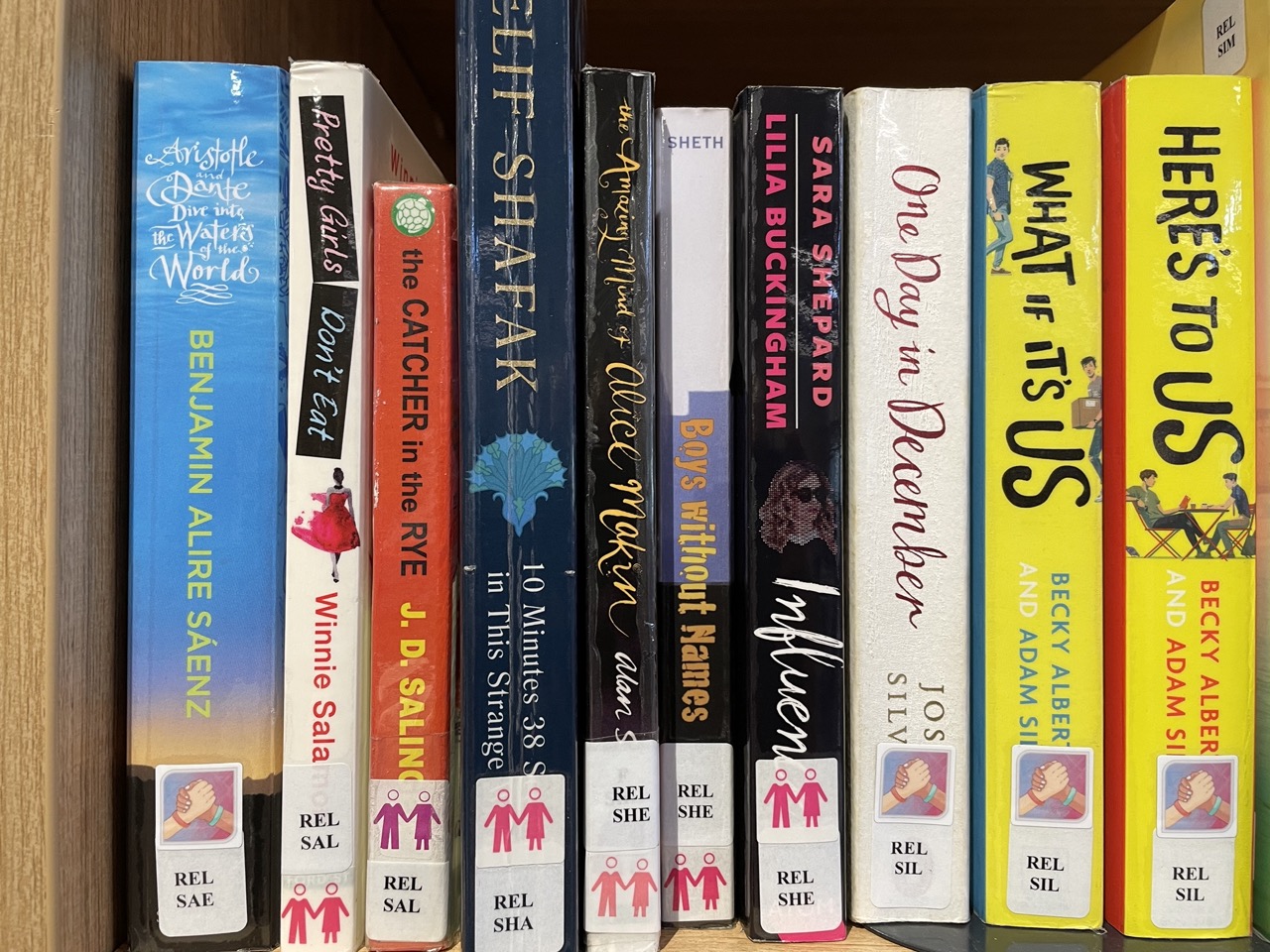
All of it, all at once or just starting
I know I don’t have the funds or time to do it all, so I can only do it one collection at a time. For now, fantasy is on my hit list. I’ll weed again, add what I’ve purchased, gain student reactions, get their input on what’s still missing, be guided by the teachers and what they need their students to engage with, and make a list to purchase again next year when I have the budget to do so.
Slowly, I know my collection will become more diverse. And I know how important it is. All I have to do is think of that student’s face when they saw themselves reflected back on a book cover and that continues to drive me to make sure every student has that experience.
How do you approach creating a diverse collection?
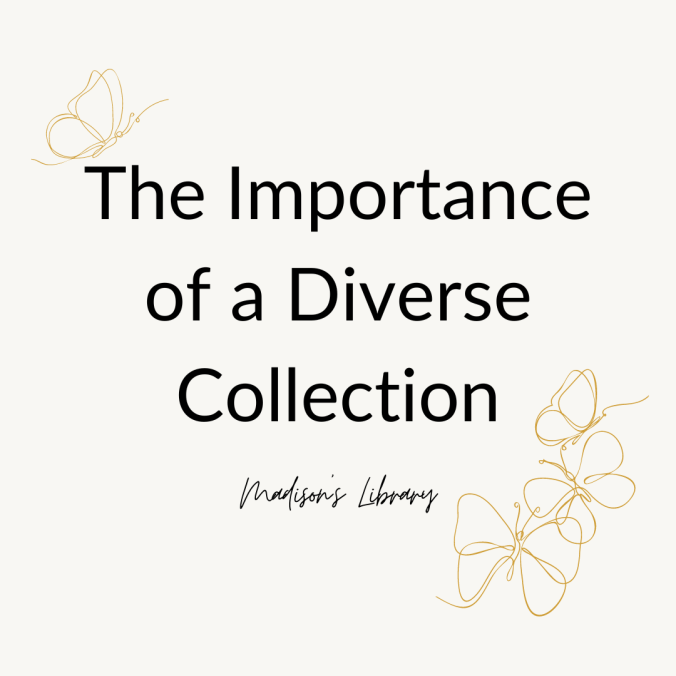
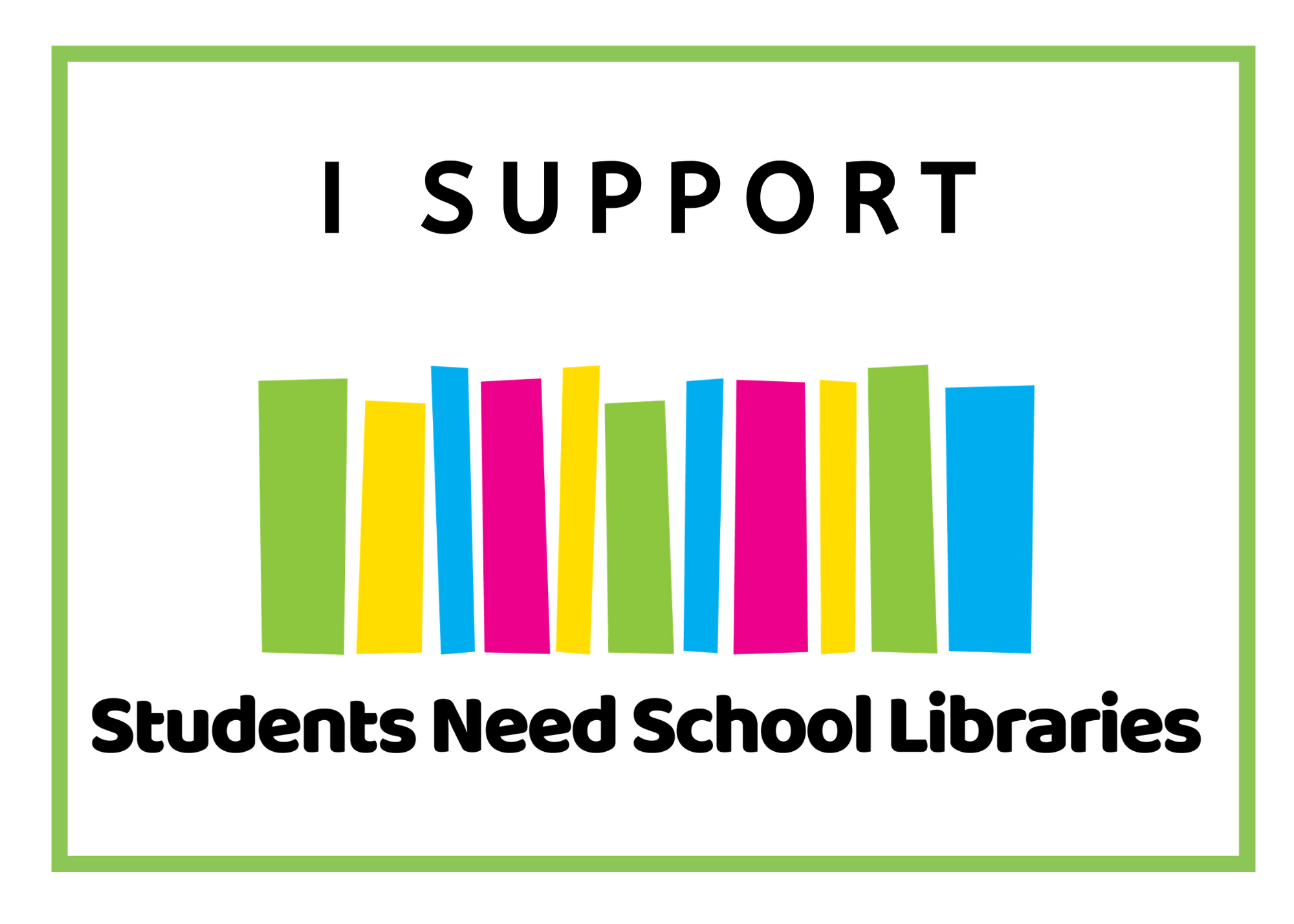

Leave a Reply